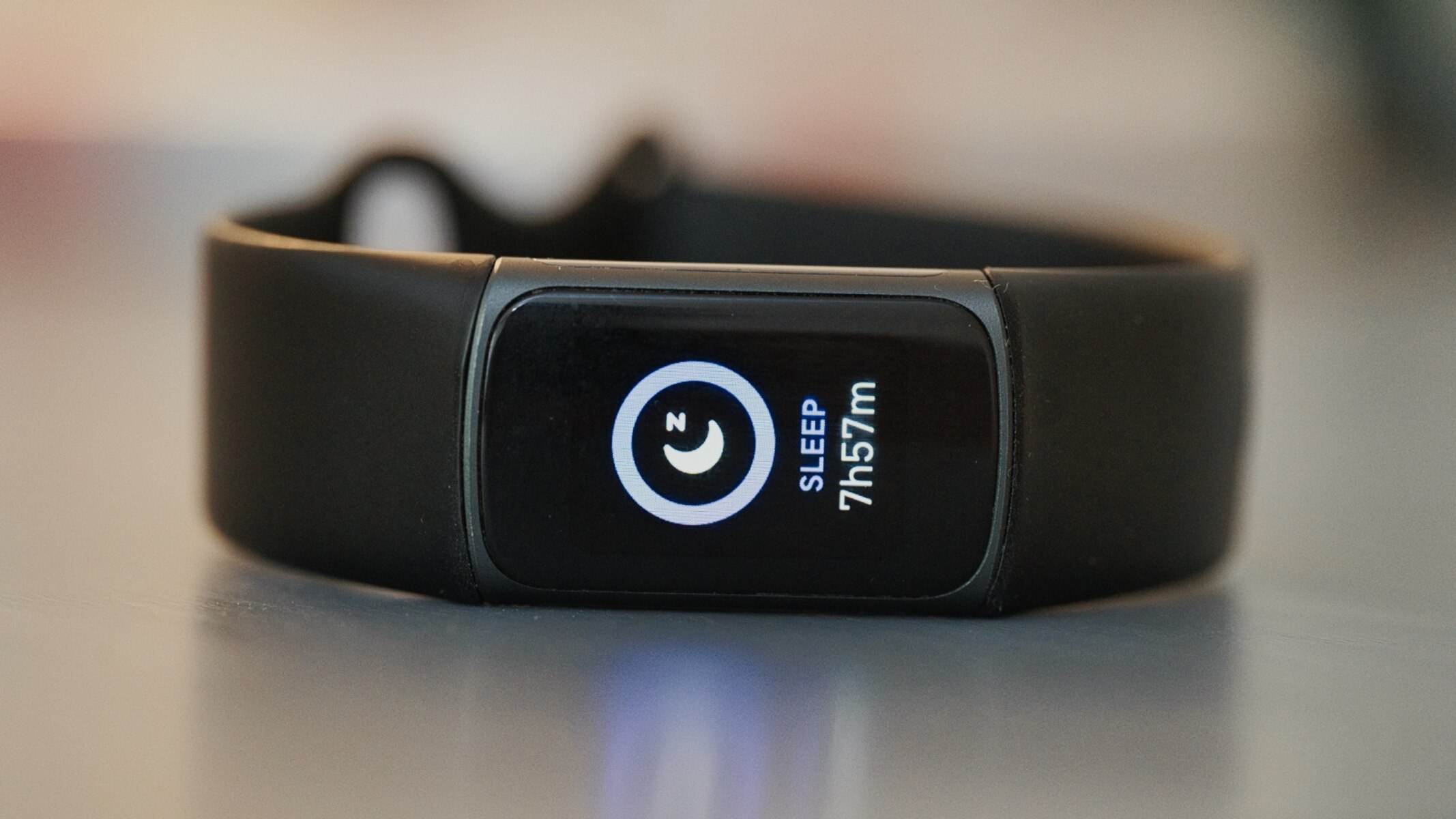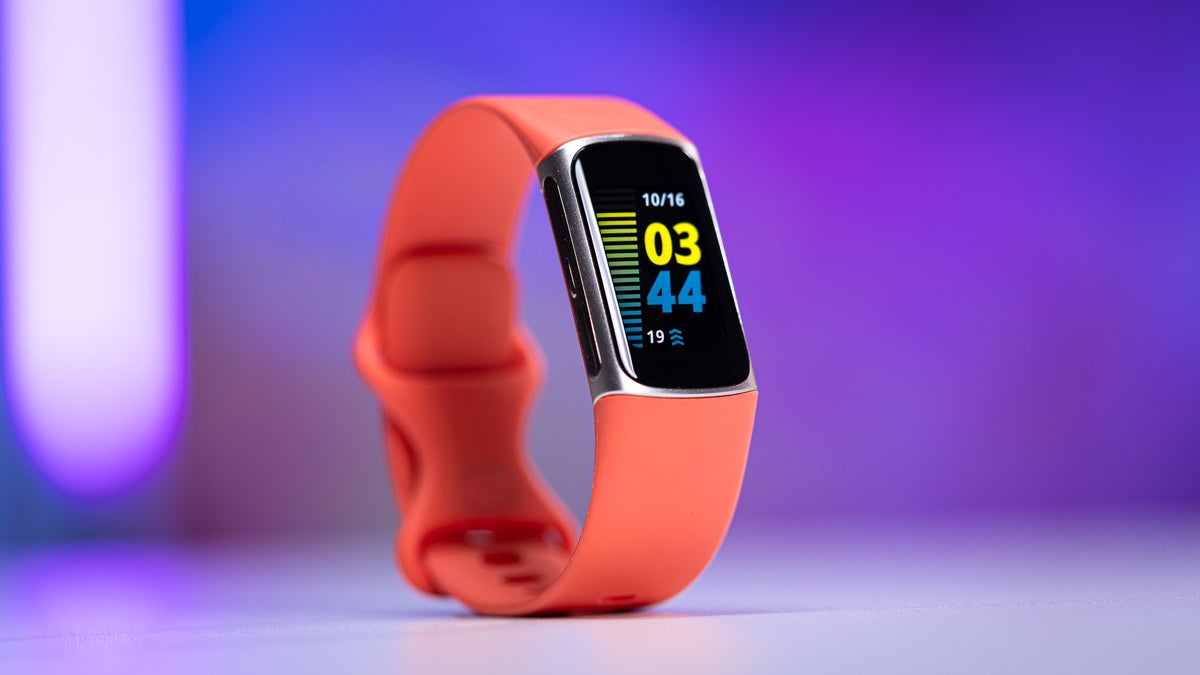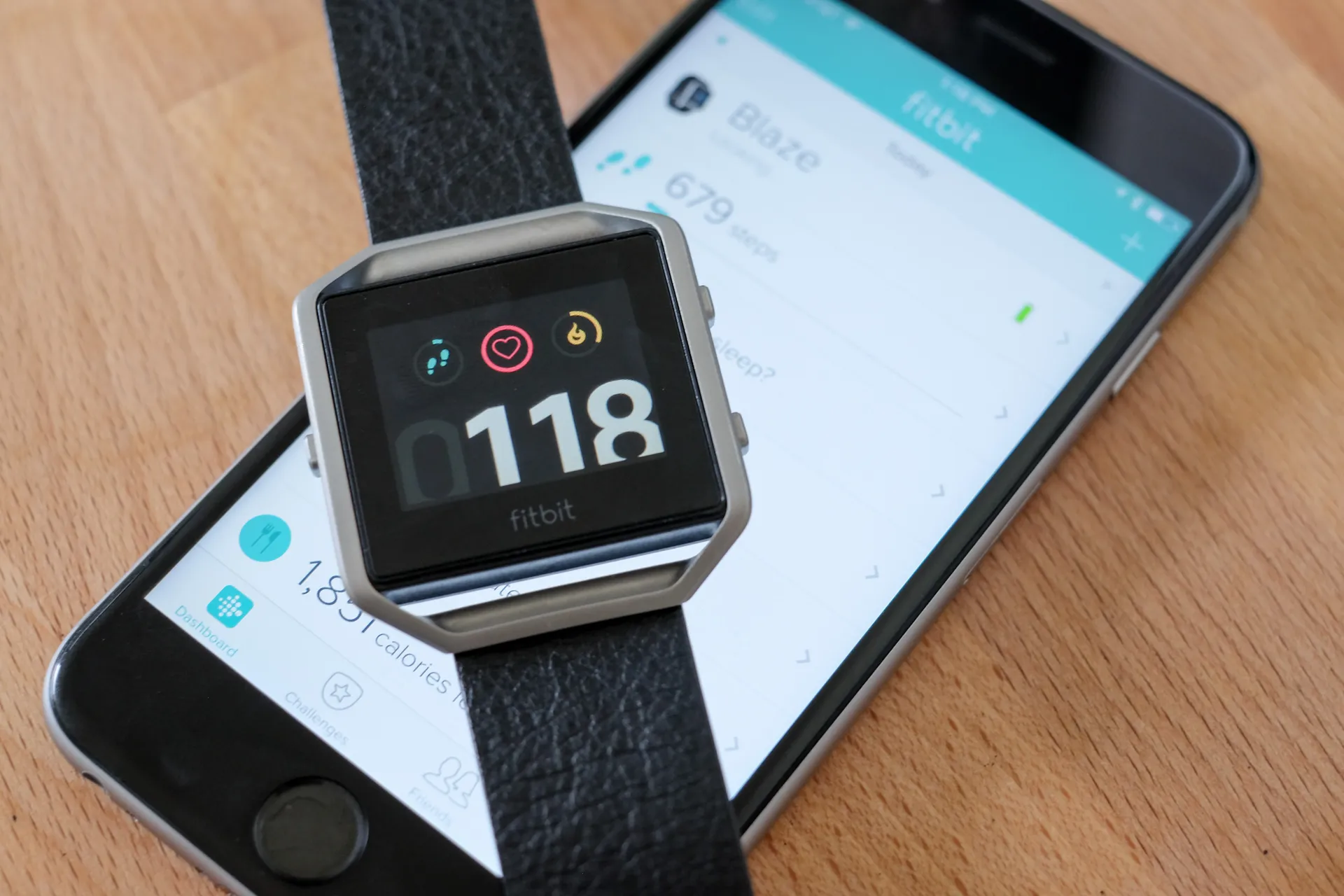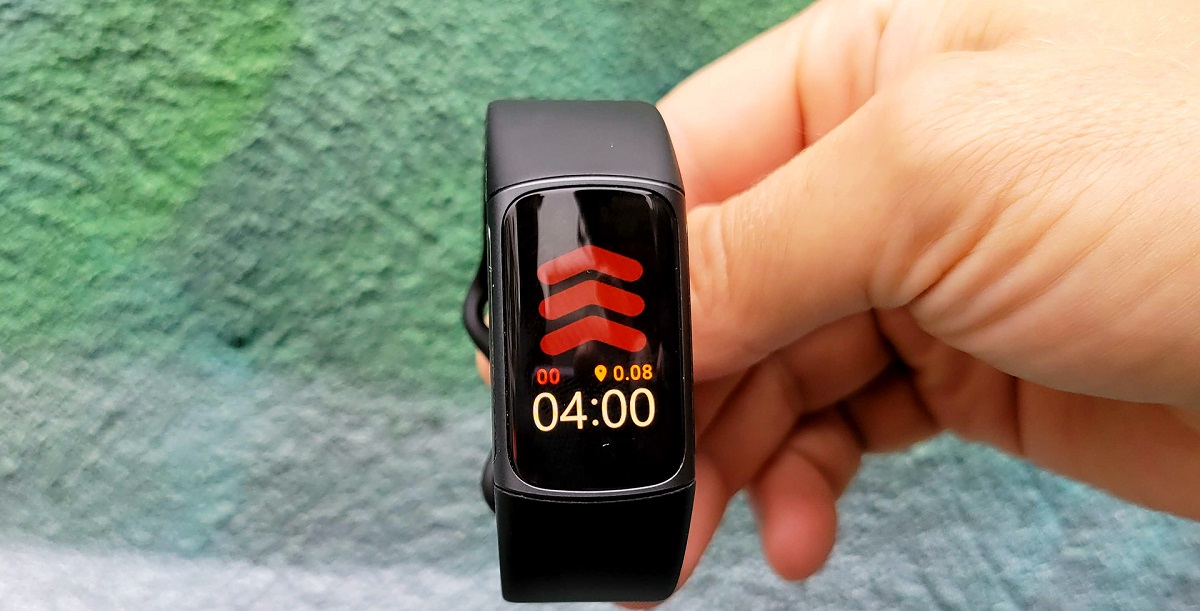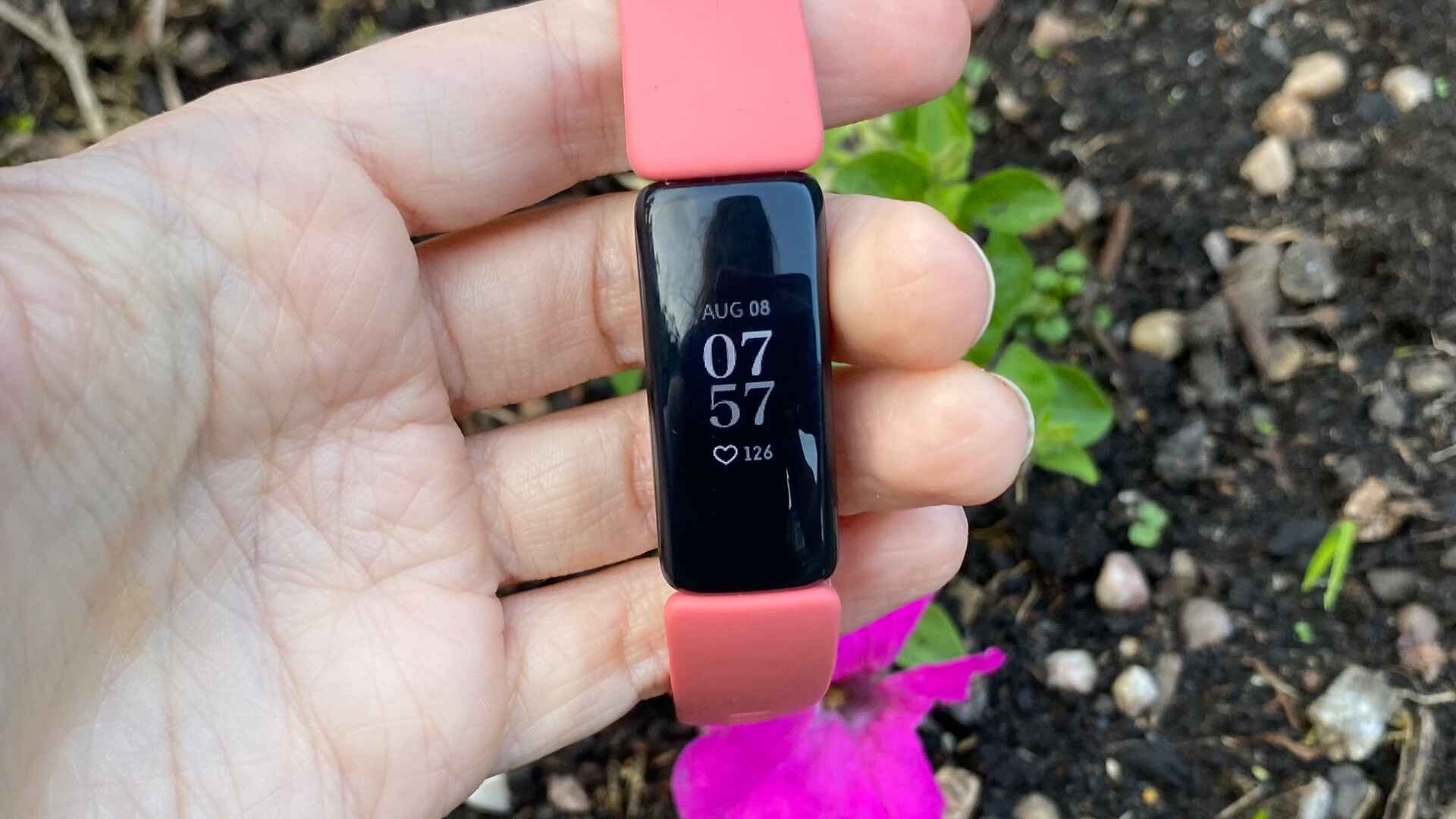Introduction
Wearable technology has revolutionized the way we monitor and manage our health and fitness. Among the myriad of features available, sleep tracking has emerged as a valuable tool for understanding and optimizing our rest patterns. Fitbit, a leading brand in the wearable tech industry, offers a comprehensive sleep tracking feature through its range of devices. In this guide, we will delve into the intricacies of utilizing sleep mode on Fitbit, exploring the process of enabling this feature, analyzing sleep data, and uncovering tips to enhance the quality of our sleep.
Understanding the nuances of sleep is crucial for overall well-being, as it directly impacts our physical and mental health. With the aid of Fitbit's sleep tracking capabilities, users can gain valuable insights into their sleep patterns, including duration, quality, and stages of sleep. By harnessing this data, individuals can make informed decisions to improve their sleep hygiene and overall wellness.
Throughout this guide, we will navigate the various functionalities of Fitbit's sleep mode, empowering users to harness the full potential of this feature. Whether you are a seasoned Fitbit user or new to the world of wearable technology, this comprehensive guide will equip you with the knowledge and tools to optimize your sleep using Fitbit devices. Let's embark on this journey to unlock the secrets of sleep mode on Fitbit and pave the way for rejuvenating and restorative sleep experiences.
Understanding Sleep Mode on Fitbit
Understanding the intricacies of sleep mode on Fitbit is essential for harnessing the full potential of this feature. Fitbit's sleep mode is designed to seamlessly track and analyze an individual's sleep patterns, providing valuable insights into the duration, quality, and stages of sleep. By activating sleep mode on a Fitbit device, users can gain a comprehensive understanding of their nightly rest, empowering them to make informed decisions to enhance their sleep quality.
Fitbit's sleep mode operates by utilizing advanced sensors to monitor various aspects of sleep, including movement, heart rate, and breathing patterns. This data is then processed to generate detailed sleep metrics, such as time spent in different sleep stages, sleep disruptions, and overall sleep duration. These insights are presented to users in a user-friendly format, allowing for easy interpretation and actionable steps to improve sleep quality.
One of the key components of Fitbit's sleep mode is its ability to detect and differentiate between various sleep stages, including light, deep, and REM (rapid eye movement) sleep. This capability provides users with a comprehensive overview of their sleep architecture, enabling them to identify patterns and trends in their sleep cycles. By understanding the distribution of sleep stages throughout the night, individuals can gain insights into the overall quality of their sleep and make adjustments to optimize their rest.
Furthermore, Fitbit's sleep mode incorporates features to detect and quantify sleep disturbances, such as periods of restlessness or awakenings during the night. This information is invaluable for identifying factors that may disrupt sleep, such as environmental disturbances, stress, or lifestyle habits. Armed with this knowledge, users can take proactive measures to address these disruptions and create an environment conducive to uninterrupted and restorative sleep.
In essence, understanding sleep mode on Fitbit goes beyond mere data collection; it empowers users to gain a holistic view of their sleep health. By leveraging the capabilities of Fitbit's sleep mode, individuals can embark on a journey towards improved sleep quality, enhanced well-being, and a renewed sense of vitality. As we delve deeper into the functionalities of sleep mode on Fitbit, we will uncover the steps to enable this feature and explore the process of tracking and analyzing sleep data. Let's embark on this enlightening exploration of sleep mode on Fitbit and unlock the secrets to revitalizing sleep experiences.
How to Enable Sleep Mode on Fitbit Devices
Enabling sleep mode on Fitbit devices is a straightforward process that allows users to seamlessly track their sleep patterns and gain valuable insights into their nightly rest. To initiate sleep mode, users can follow these simple steps:
-
Access the Fitbit App: Begin by launching the Fitbit app on your smartphone or tablet. Ensure that your Fitbit device is synced with the app to enable seamless communication between the two.
-
Navigate to the Device Dashboard: Once the app is open, navigate to the device dashboard, which provides an overview of your Fitbit device and its associated features.
-
Select the Sleep Tile: Within the device dashboard, locate and select the "Sleep" tile, which is specifically designed to manage and monitor sleep-related functions.
-
Activate Sleep Mode: Within the Sleep tile, you will find the option to activate sleep mode. By tapping on this option, you can initiate the sleep tracking feature on your Fitbit device, allowing it to monitor your sleep patterns throughout the night.
-
Wear Your Fitbit Device: After enabling sleep mode, ensure that your Fitbit device is securely worn on your wrist before retiring for the night. This ensures accurate tracking of your sleep metrics, including movement, heart rate, and sleep stages.
By following these steps, users can effortlessly enable sleep mode on their Fitbit devices, paving the way for comprehensive sleep tracking and analysis. Once sleep mode is activated, the Fitbit device will diligently monitor various aspects of sleep, providing users with detailed insights into their sleep patterns.
With sleep mode enabled, users can embark on a journey to gain a deeper understanding of their sleep health, identify opportunities for improvement, and make informed adjustments to enhance their overall sleep quality. As we proceed to delve into the next section, we will explore the process of tracking and analyzing sleep data obtained through the enabled sleep mode on Fitbit devices, unlocking a wealth of knowledge to optimize sleep experiences.
Tracking and Analyzing Sleep Data
Tracking and analyzing sleep data obtained through the enabled sleep mode on Fitbit devices provides users with a wealth of valuable insights into their nightly rest. Fitbit's advanced sensors diligently monitor various aspects of sleep, including movement, heart rate, and breathing patterns, to generate comprehensive sleep metrics. These metrics offer a detailed overview of an individual's sleep patterns, facilitating a deeper understanding of sleep quality, duration, and stages.
Upon waking up, users can access the Fitbit app to review their sleep data. The app presents a comprehensive breakdown of the night's sleep, including the total duration of sleep, the time spent in different sleep stages (light, deep, and REM), and any periods of restlessness or awakenings throughout the night. This detailed analysis empowers users to identify patterns and trends in their sleep cycles, enabling them to make informed decisions to optimize their sleep quality.
One of the key components of tracking and analyzing sleep data on Fitbit is the ability to discern sleep stages. By differentiating between light, deep, and REM sleep, users gain insights into the distribution and quality of their sleep throughout the night. Understanding the proportion of time spent in each sleep stage provides a holistic view of sleep architecture, allowing users to assess the effectiveness of their rest and make adjustments to enhance their sleep experience.
In addition to monitoring sleep stages, Fitbit devices track sleep disturbances, such as periods of restlessness or awakenings. These disturbances are quantified and presented in the sleep data analysis, shedding light on factors that may disrupt sleep. By identifying potential disruptors, such as environmental factors, stress, or lifestyle habits, users can take proactive measures to mitigate these disturbances and create an optimal sleep environment.
Furthermore, Fitbit's sleep data analysis includes trends and patterns over time, allowing users to track their sleep quality and duration on a long-term basis. This longitudinal view of sleep data enables individuals to observe changes in their sleep patterns, identify factors that may impact their rest, and make informed adjustments to improve their overall sleep quality.
By leveraging the insights obtained from tracking and analyzing sleep data on Fitbit devices, users can embark on a journey to optimize their sleep experiences. Armed with a comprehensive understanding of their sleep patterns, individuals can make informed decisions to enhance their sleep quality, improve overall well-being, and cultivate a renewed sense of vitality.
As we continue to explore the functionalities of Fitbit's sleep mode, we will uncover valuable tips and strategies for improving sleep quality, empowering users to harness the full potential of their Fitbit devices for restorative and rejuvenating sleep experiences.
Tips for Improving Sleep with Fitbit
Improving sleep quality is a multifaceted endeavor that encompasses various lifestyle adjustments and mindful practices. Fitbit devices, equipped with advanced sleep tracking capabilities, serve as invaluable tools to aid individuals in optimizing their sleep experiences. By harnessing the insights obtained from Fitbit's sleep data analysis, users can implement targeted strategies to enhance their sleep quality and overall well-being. Here are a series of tips tailored to leverage Fitbit devices for improved sleep:
-
Establish a Consistent Sleep Schedule: Maintaining a regular sleep schedule is pivotal for regulating the body's internal clock and promoting restful sleep. Fitbit's sleep tracking feature can provide users with a comprehensive overview of their sleep patterns, facilitating the identification of optimal sleep and wake times. By adhering to a consistent sleep schedule, individuals can synchronize their biological rhythms, leading to improved sleep quality over time.
-
Create a Relaxing Bedtime Routine: Fitbit's sleep data analysis can reveal the impact of pre-sleep activities on overall sleep quality. Engaging in calming rituals before bedtime, such as reading, gentle stretching, or mindfulness exercises, can signal the body to prepare for sleep. By incorporating relaxing bedtime routines, individuals can optimize their transition into restful slumber, as evidenced by insights gleaned from Fitbit's sleep tracking feature.
-
Optimize Sleep Environment: Fitbit's ability to detect and quantify sleep disturbances allows users to identify environmental factors that may disrupt sleep. Leveraging this information, individuals can optimize their sleep environment by minimizing noise, controlling room temperature, and ensuring comfortable bedding. By creating a conducive sleep environment, users can enhance their sleep quality and promote uninterrupted rest.
-
Monitor Caffeine and Alcohol Intake: Fitbit's sleep data analysis can shed light on the impact of caffeine and alcohol consumption on sleep quality. By tracking these habits and correlating them with sleep metrics, users can make informed decisions regarding their intake. Moderating caffeine and alcohol consumption, especially close to bedtime, can contribute to improved sleep patterns, as reflected in Fitbit's comprehensive sleep data.
-
Utilize Sleep Tracking for Informed Adjustments: Fitbit's longitudinal view of sleep data allows users to track trends and patterns over time. By leveraging this information, individuals can observe the impact of lifestyle adjustments on their sleep quality. Whether it involves changes in exercise routines, dietary habits, or stress management, Fitbit's sleep tracking feature empowers users to make informed adjustments to optimize their sleep experiences.
By integrating these tips with the insights obtained from Fitbit's sleep tracking feature, individuals can embark on a journey to enhance their sleep quality and overall well-being. Fitbit devices serve as invaluable companions in the quest for restorative and rejuvenating sleep experiences, offering actionable data to guide individuals towards optimal sleep hygiene and vitality.
Conclusion
In conclusion, the integration of sleep mode on Fitbit devices represents a pivotal advancement in the realm of wearable technology, offering users a comprehensive tool to monitor, analyze, and optimize their sleep experiences. By enabling sleep mode and leveraging the insights obtained through Fitbit's advanced sleep tracking capabilities, individuals can embark on a journey to enhance their overall well-being and vitality through improved sleep quality.
The process of understanding sleep mode on Fitbit unveils a wealth of valuable information, empowering users to gain a holistic view of their sleep health. From discerning sleep stages to quantifying sleep disturbances, Fitbit's sleep mode provides a nuanced understanding of an individual's nightly rest. This depth of insight equips users with the knowledge to identify opportunities for improvement and make informed adjustments to enhance their sleep quality.
Furthermore, the seamless process of enabling sleep mode on Fitbit devices, coupled with the user-friendly interface of the Fitbit app, ensures that individuals can effortlessly integrate sleep tracking into their daily routines. By simply activating sleep mode and wearing their Fitbit device, users unlock a wealth of data that illuminates their sleep patterns, facilitating informed decisions to optimize their rest.
The journey continues with the meticulous tracking and analysis of sleep data obtained through Fitbit devices. The detailed breakdown of sleep metrics, including sleep stages, disturbances, and longitudinal trends, provides users with actionable insights to tailor their sleep hygiene and routines. This data-driven approach empowers individuals to implement targeted strategies for improved sleep quality, creating a ripple effect of enhanced well-being and vitality.
Moreover, the tips and strategies tailored to leverage Fitbit devices for improved sleep serve as a practical roadmap for users to integrate the insights gained from sleep tracking into their daily lives. By establishing consistent sleep schedules, creating relaxing bedtime routines, optimizing sleep environments, and monitoring lifestyle habits, individuals can harness the full potential of Fitbit's sleep tracking feature to cultivate rejuvenating and restorative sleep experiences.
In essence, the culmination of understanding, enabling, tracking, and optimizing sleep mode on Fitbit devices represents a transformative journey towards enhanced sleep quality and overall well-being. By embracing the capabilities of Fitbit's sleep tracking feature, users can unlock the secrets to revitalizing their sleep experiences, paving the way for a renewed sense of vitality and a deeper appreciation for the restorative power of sleep.







